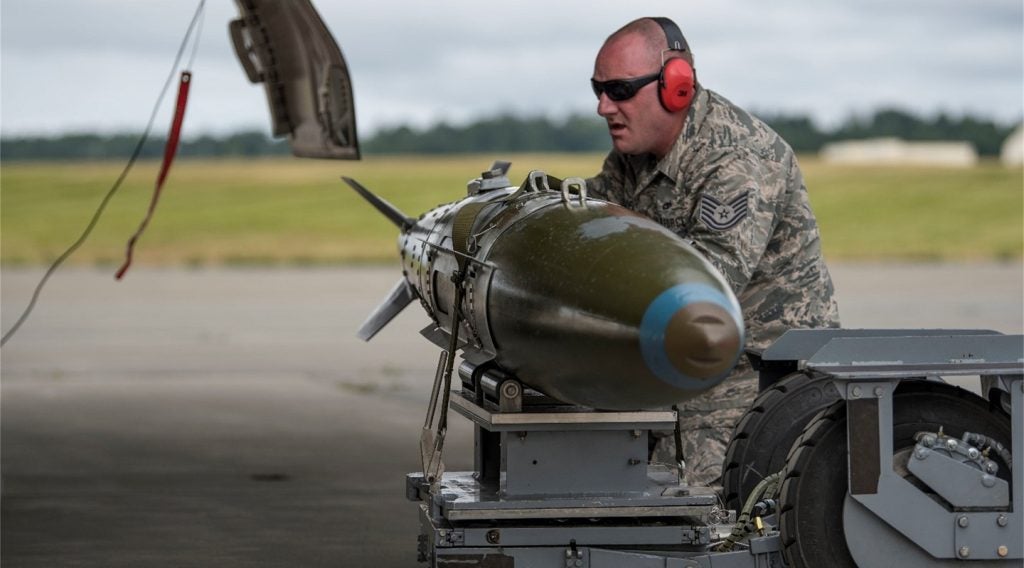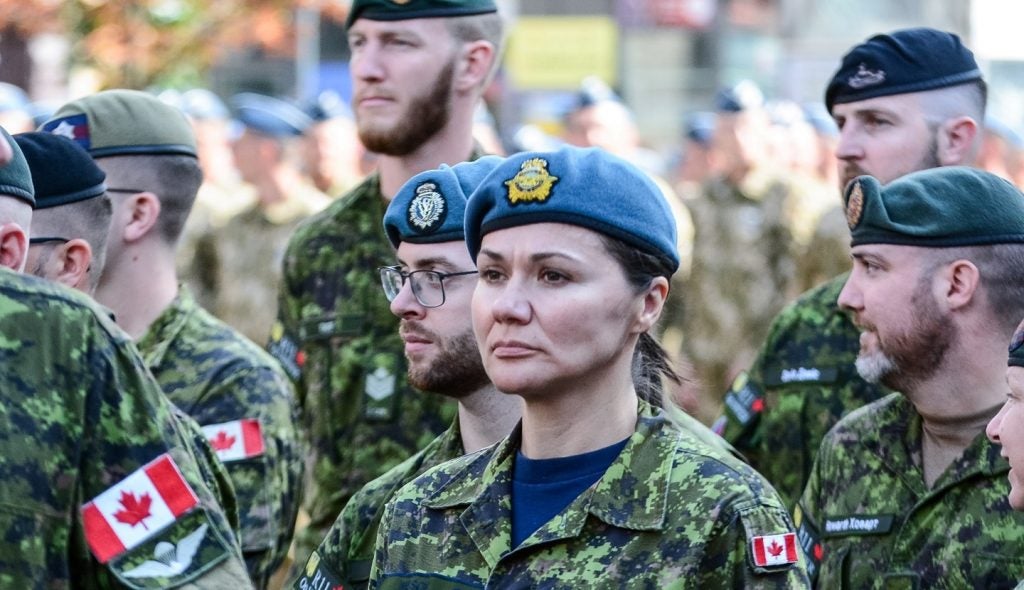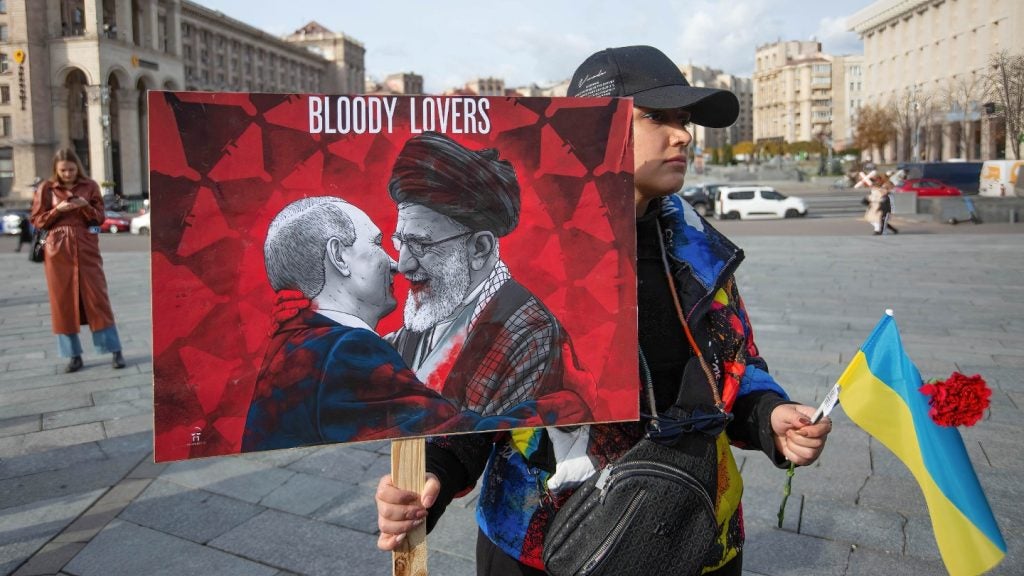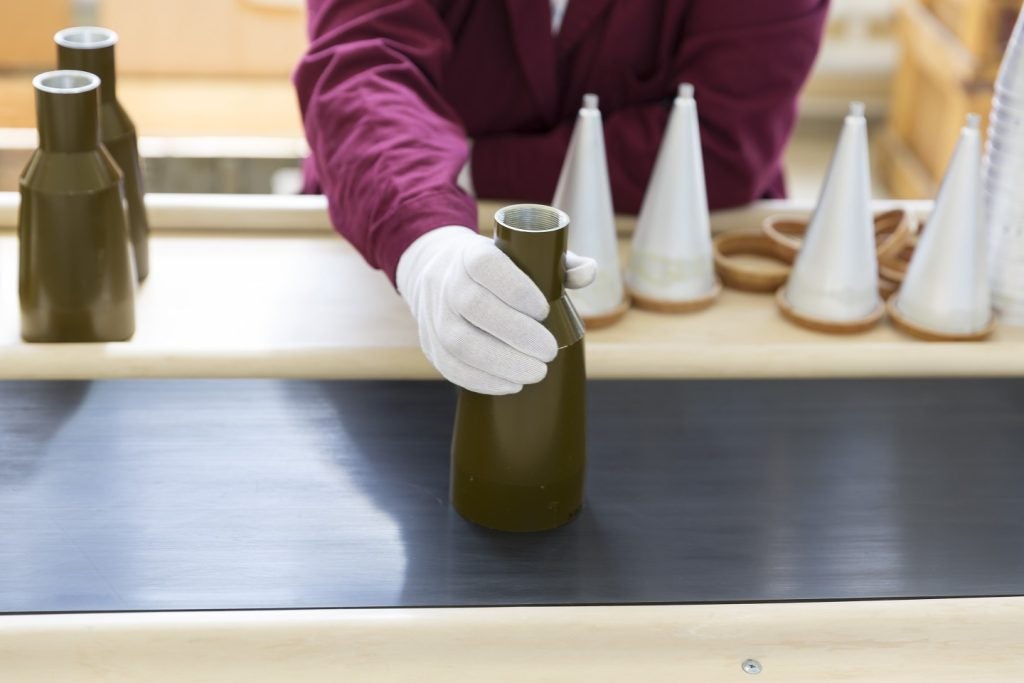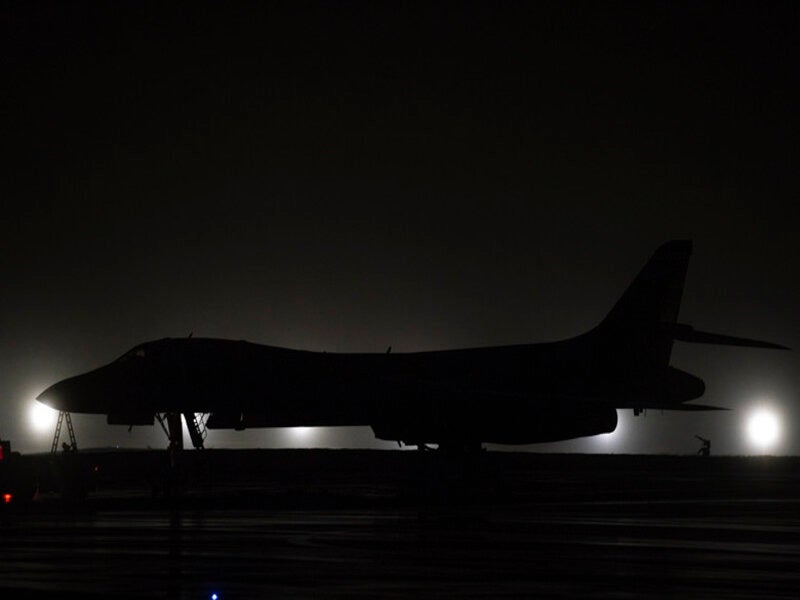
The US Air Force’s (USAF) B-1B Lancers have been deployed to conduct bomber task force operations in the Indo-Pacific region.
USAF 9th Bomb Squadron, 7th Bomb Wing (BW) at Dyess Air Force Base (AFB) in Texas, US, has deployed four bombers and around 200 airmen to support Pacific Air Forces’ training efforts and strategic deterrence missions.
Training also includes the participation of allies, partners and joint forces. Three B-1Bs Lancers have flown to the Andersen Air Base, Guam, for the operations.
USAF 7th BW commander colonel Jose Sumangil said: “Deployments like this allow our airmen to enhance the readiness and training necessary to respond to any potential crisis or challenge across the globe.
“It also provides a valuable opportunity to better integrate with our allies and partners through joint and combined operations and exercises.”
To meet the strategic predictability and operational unpredictability objectives of the National Defense Strategy, the Bomber Task Force has deployed various strategic bombers to the region.
How well do you really know your competitors?
Access the most comprehensive Company Profiles on the market, powered by GlobalData. Save hours of research. Gain competitive edge.

Thank you!
Your download email will arrive shortly
Not ready to buy yet? Download a free sample
We are confident about the unique quality of our Company Profiles. However, we want you to make the most beneficial decision for your business, so we offer a free sample that you can download by submitting the below form
By GlobalDataPACAF operations chief force management lieutenant colonel Frank Welton said: “The B-1 provides all of the training opportunities which the B-52 (Stratofortress) provided, plus the ability to train to advanced standoff, anti-surface warfare with (Long Range Anti-Surface Missiles).”
The B-1B Lancers have the capacity to carry a conventional payload of USAF’s guided and unguided weapons.
Welton added: “The B-1 is able to carry a larger payload of Joint Air-to-Surface Standoff Missiles and a larger payload of 2,000lb class Joint Direct Attack Munitions.
“Additionally, the B-1 is able to carry the LRASM, giving it an advanced standoff, counter-ship capability. It also has an advanced self-protection suite and is able to transit at supersonic speeds to enhance offensive and defensive capabilities.”



